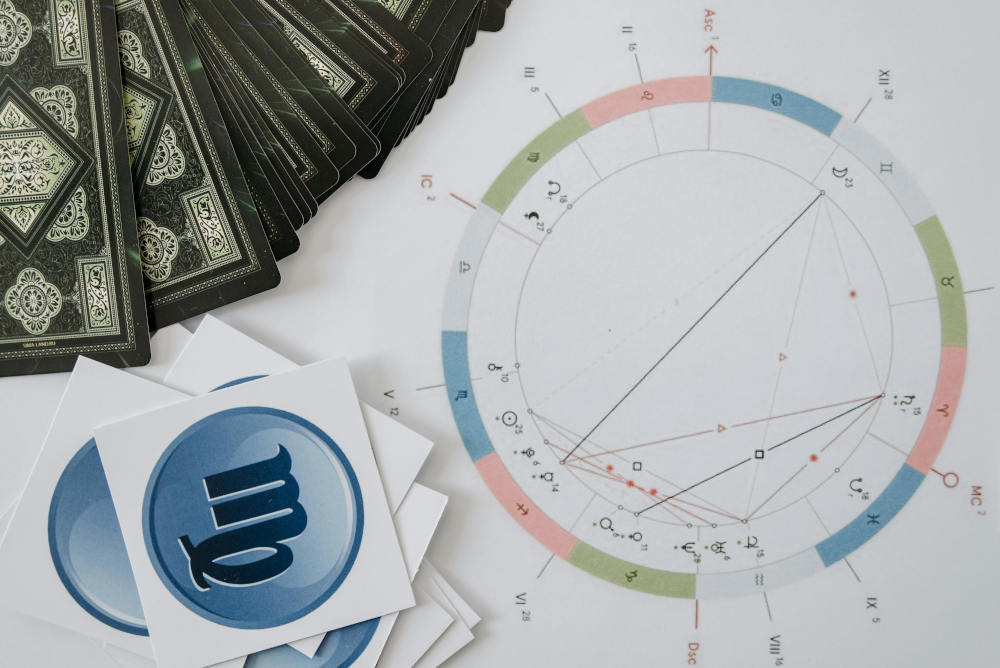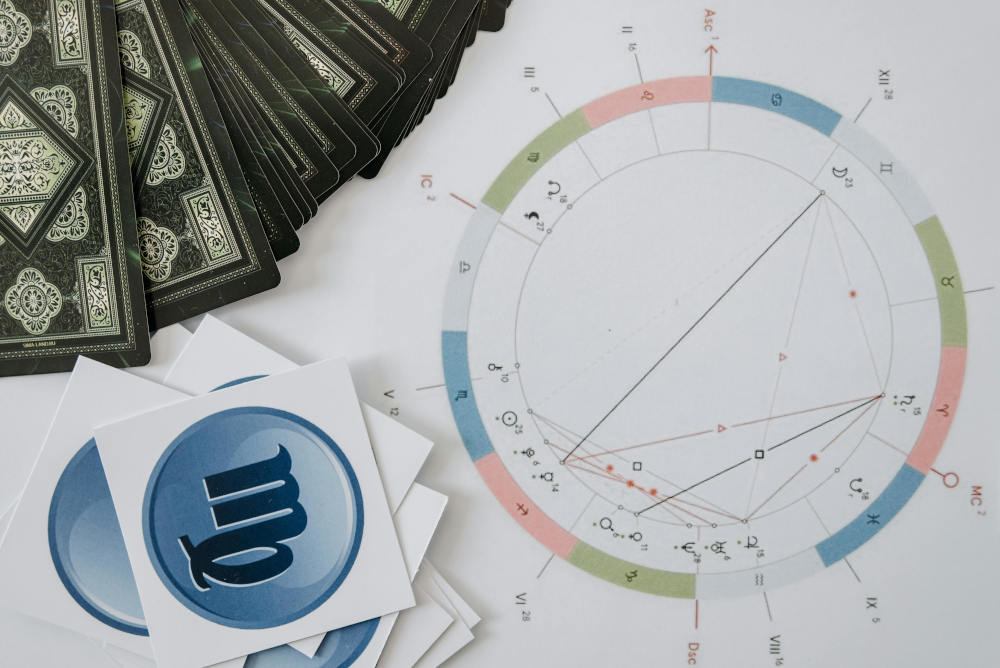
Eco-friendly fashion matters today more than ever before. Conscious consumers are asking for more sustainable products globally, including clothing. It's not just a trend, it's part of the fashion revolution.
Eco-friendly fashion is the movement within the clothing industry that strives to lower the environmental impact of apparel consumption and production, just like green, slow, and sustainable fashion.
The fashion industry has a catastrophic impact on climate change. It's one of the largest polluters globally. It's responsible for huge amounts of carbon emissions, pollution, and waste.
If you are new to eco-friendly fashion, it can be overwhelming at first. How do you tell the difference between conscious, responsible, ethical, slow, fair, green, sustainable, and eco-friendly fashion?
How do you start an eco-friendly wardrobe? What to look for in new clothes? How to tell if an apparel brand is eco-friendly? It's a complex topic and there is a lot to learn about it.
Let's have a closer look at what eco-friendly fashion is and why it's important today.
Panaprium is independent and reader supported. If you buy something through our link, we may earn a commission. If you can, please support us on a monthly basis. It takes less than a minute to set up, and you will be making a big impact every single month. Thank you!
Definition of eco-friendly fashion
Over the last 20 years, clothing became a disposable commodity. Buying new clothes is a daily event for a lot of consumers. It's now easier, faster, and cheaper to shop for the latest trends in high-street stores thanks to fast fashion.
Fast fashion is a global phenomenon. It's highly popular for a lot of reasons. It offers many advantages for consumers. It was created to meet the growing demand for stylish clothes at an affordable price.
Read up my article on who created fast fashion to learn more about the beginning of this business model within the apparel industry.
Unfortunately, the overproduction and overconsumption of cheaply made clothing are very detrimental to the environment. Textile wastes are piling up in landfills due to the throwaway culture.
Fast fashion destroys ecosystems, endangers animal lives, and human health. It releases hazardous chemicals into the environment, plastic microfibers, and causes deforestation, global warming, air, land, and water pollution.
Eco-friendly fashion exists to solve the issues created by fast fashion. It encourages a more careful way of consuming and producing clothes to decrease the environmental impact of our wardrobe.
As consumers, we can drive change in the fashion industry. We choose the clothes we buy and who we support with our money. We can create more awareness of the problems and make more responsible buying decisions.
Check out my article on how to help the fashion industry for tangible solutions to the disasters occurring daily to make clothes.
Eco-friendly fashion doesn't harm the environment to some degree. It promotes a more ecological approach to fashion. It's similar to slow, green, and sustainable fashion.
Ethical, conscious, and fair fashion encourages a more socially responsible way of producing apparel and accessories. The goal is to avoid activities or organizations that harm people or the environment.
If you would like to learn more about ethical fashion, review my answers to some ethical fashion frequently asked questions.
Eco-friendly fashion focuses more on the environmental problems within the textile and apparel industry. Everyone has a role to play in making the fashion world more eco-friendly, including the general public, governments, organizations, and businesses.
This raises the following question. How can fashion be more eco-friendly? Here are a few ideas:
- use eco-friendly materials
- adopt eco-friendly packaging
- mail with carbon-neutral shipping
- produce with green energy sources
- manage waste better with reusing, recycling, and upcycling.

Why eco-friendly fashion matters
Climate change is growing into a substantial threat and the fashion industry is a large contributor. We must change the way we produce and consume apparel to preserve the environment, ecosystems, and human health.
The fashion industry is the second-largest polluter globally after the oil industry. It damages our society and the planet in a very dangerous way. We are on the brink of a global climate crisis.
Textile production and consumption generate more than 8% of all carbon emissions globally each year. 1.2 billion tons of greenhouse gases were released into the atmosphere in 2017.
The fashion industry is also the world's second-largest clean water polluter after agriculture. Toxic chemicals are used in clothing manufacturing during farming, processing, and dyeing. They cause enormous amounts of pollution and waste.
16.9 million tons of used textile wastes are generated every year in the United States. More than 80% of all clothing produced end up in landfills to decompose or be incinerated. The average American throws away 70 pounds of used clothes and other textiles every year.
Carbon emissions are expected to rise by 77% from 2015 to 2025, and water consumption by 20%, due to the fast-growing fashion industry. The fastest-growing clothing category is sportswear with an 8% compound annual growth rate (CAGR).
Today, it's necessary to find alternatives to fast fashion and its disastrous consequences. We have to stop making profits a priority over the well-being of people, animals, and the planet.
Read up my articles on the alternatives to fast fashion to better understand what we can do it about it.
Eco-friendly fashion contributes to changing supply chains, business models, and behaviors for the better. It matters a lot as it makes a huge difference in the fashion world's future.
Key players in the clothing industry must take massive action and measures to reduce carbon emissions, pollution, and waste. As consumers, we can help by buying fewer clothes and higher quality. It's one of the best ways to be more eco-friendly with clothes.

How to be more eco-friendly with clothes
Extending the life of clothes, recycling, and upcycling are all important parts of eco-friendly fashion. To take better care of the environment, we have to consider the whole supply chain, from raw materials sourcing to end of life-cycle with waste management.
A lot of fashion brands still use sweatshop labor to produce their new collections. Low wages, poor working conditions, lack of healthcare, forced labor, child labor, and animal cruelty have to stop.
Eco-friendly fashion is the more conscious and mindful approach to buying clothing. We have to think differently about the clothes we buy and wear to find better ways to consume stylish and affordable clothing.
Some companies are trying to change and do better for the environment. Buyers must be educated on these issues and ask the right questions. Ideally, we would get more information when it is missing.
- Who are the people that made my clothes?
- What country are my clothes coming from?
- What kind of raw materials were used in their fabrication?
- How were the fabrics sourced? Are they eco-friendly?
- Is there any recycled or organic content?
- Did they use any animal products or by-products?
- What kind of certifications are available?
- How do they offer support to local communities?
- Are farmers and workers in the supply chain fairly treated?
- Do they work under acceptable conditions?
- Where do the clothes that don't sell go to?
- Is there any waste management system in place?
- What other activities do they practice to minimize their environmental impact?
Many ethical fashion brands and retailers now offer basics for all budgets.
The best ethical designers and brands create local, organic, recycled, and fair trade clothing.
Follow my guide on how to check if a fashion brand is ethical for excellent tips on shopping for eco-friendly clothing.
There is also the option of reusing, repurposing, or upcycling old clothes into new valuable garments. It's a fabulous way of giving a new life to used items in your wardrobe.
If you have clothes that you don't wear, it's always a good idea to declutter and renew your wardrobe. You can swap with friends and family, sell or donate them.
You can also buy second-hand or rent your clothes. Second-hand clothing is an amazing way to be more eco-friendly with clothes. It's a great choice to shop on a budget and support local businesses. And it has numerous environmental benefits.

It's more important than ever to change the fashion industry toward a more regenerative, circular, environmentally friendly, and socially responsible economy.
All clothing should be made from sustainable fabrics. All apparel and textile should be produced with renewable energy. No human or animal should have to suffer to make stylish and affordable clothes.
What are your thoughts on eco-friendly fashion? Do you already own eco-friendly pieces of clothing? I would love to learn more about your experiences. Let us know in the comment section below.
Was this article helpful to you? Please tell us what you liked or didn't like in the comments below.
About the Author: Alex Assoune
What We're Up Against
Multinational corporations overproducing cheap products in the poorest countries.
Huge factories with sweatshop-like conditions underpaying workers.
Media conglomerates promoting unethical, unsustainable products.
Bad actors encouraging overconsumption through oblivious behavior.
- - - -
Thankfully, we've got our supporters, including you.
Panaprium is funded by readers like you who want to join us in our mission to make the world entirely sustainable.
If you can, please support us on a monthly basis. It takes less than a minute to set up, and you will be making a big impact every single month. Thank you.































0 comments